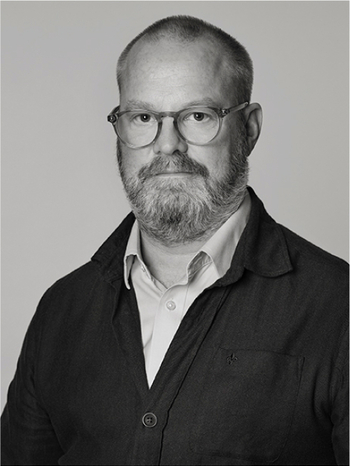Cornelius Arendtz, attributed to
King Gustaf II Adolf
Relined canvas 114 x 91. Signed "Gustavus Adolphus REX Suecia 1625". Contemporary gilded frame.
Provenance
The House of Hanover, Germany.
Herrenhausen, Inv. no 75.
Furstenhaus, Anlage 1893, Inv. no. 439.
Ernst-August-Fidelkommiss.
More information
The painting is probably conducted by Cornelius Arendtz after a work by Jacob van Doordt.
By Maria Eleonora van Doordt was commissioned to carry out several portraits of her husband king Gustaf II Adolf. One is dated 1629 and multiple copies and versions are made after this. His elegant portrait style gained influence in Cornelius Arendz, who seems to have copied several of van Doordts portraits.
The current painting in the auction is mentioned by Sixten Strömbom in "Swedish royal portrait" where it is dated approximately to 1630.
In an article in The Journal of the History of Art XVI based on this painting , Erik Steneberg argues that the chivalrous refined G II A of "van Doordt type" was made in 1620's.
However, a contemporary examination of the painting executed on Sixten Strömbom initiative proved that the inscription is made after the painting's origins, probably in the 1700s.
Cornelius Arendtz was active in Sweden during 1610 - 1640's.
In 1622 Arendtz was commissioned on behalf of the king to copy older works depicting the Vasa kings and also create portraits of King Gustaf II Adolf himself and Queen Maria Eleonora.
The most famous of these paintings depicts Gustav Vasa where the king fingers on his gold chain. The ordered portraits were delivered only after several reminders in 1623 and 1624 and after threat that the artist would be retrieved if he did not arrive with the portraits. After this, it was not until the early 1630's before Arendtz got new commissions from the royal family. Arendtz art is characterized by traditional Swedish portrait style with erect posture and other archaic traits but with vivid perception of the model's facial features wich are in strange contrast.
The painting is registered and photographed in Swedish portrait archive (SPA). This was done in an inventory of the castle Herrenhausen in Hannover in 1939.









































